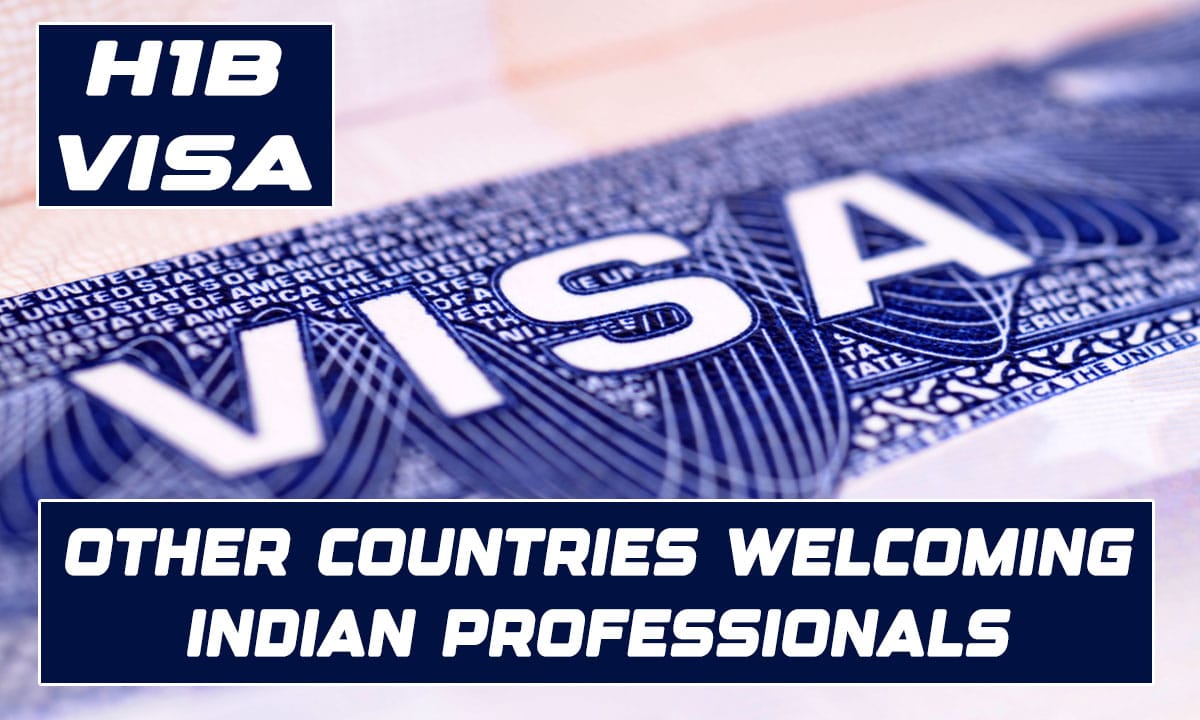H-1B Visa Too Costly? Here Are Other Countries Welcoming Indian Professionals
For thousands of Indian professionals, the pursuit of the American dream is facing new hurdles as the cost of securing an H-1B visa has soared dramatically.

For thousands of Indian professionals, the pursuit of the American dream is facing new hurdles as the cost of securing an H-1B visa has soared dramatically. The Trump administration has imposed a steep $100,000 fee on applications starting this September, a move that has hit skilled workers in IT, science, and engineering the hardest. With the annual visa cap already restrictive, the added financial burden is pushing many to rethink their career paths in the United States.
While the U.S. tightens its immigration rules, other nations are seizing the opportunity to attract Indian talent. Germany, which is already home to over 130,000 Indian professionals, recently announced a 10 percent expansion in its visa quota. The German government has projected that it will require nearly 288,000 immigrants annually by 2040 to counterbalance its aging workforce, and it has openly invited Indian professionals to consider the country as a stable alternative.
Canada, too, is preparing to roll out new visa measures aimed at H-1B holders. Ottawa previously launched a pilot program in 2023 allowing up to 10,000 applicants to relocate, which filled in record time within weeks. Officials suggest a revamped version of the scheme could soon be on the table to absorb the pool of displaced applicants.
Asia is moving swiftly as well. China introduced its new “K visa” on October 1, designed to bring in STEM specialists to power its innovation-driven economy. South Korea has asked ministries to develop special frameworks for Indian engineers and scientists, with a particular focus on emerging fields such as artificial intelligence and advanced technologies.
Meanwhile, France, Austria, Portugal, and Sweden are gradually softening their visa policies to attract foreign professionals, particularly from India. For students, New Zealand and Australia remain attractive thanks to post-study work permits that ease the transition from education to employment. In the Gulf, the United Arab Emirates is aggressively marketing its green visas and freelance permits, which allow skilled professionals to work independently without employer sponsorship.
Experts believe this shift in immigration trends could reshape the global workforce map. With more countries competing for talent, India’s skilled professionals are poised to gain new opportunities outside the U.S., strengthening their presence in international job markets.

